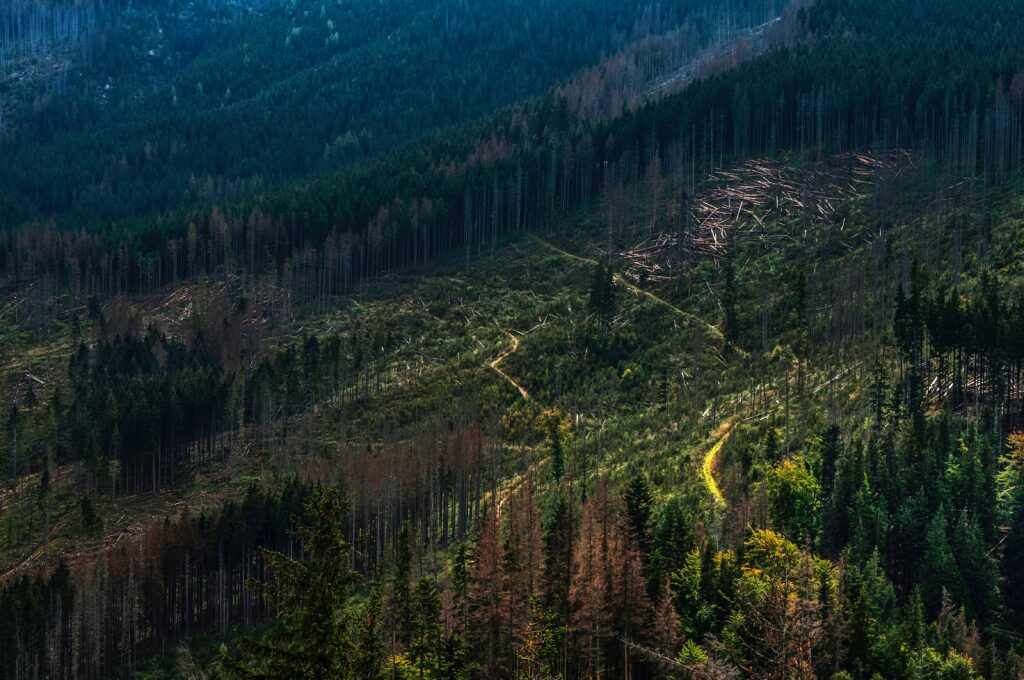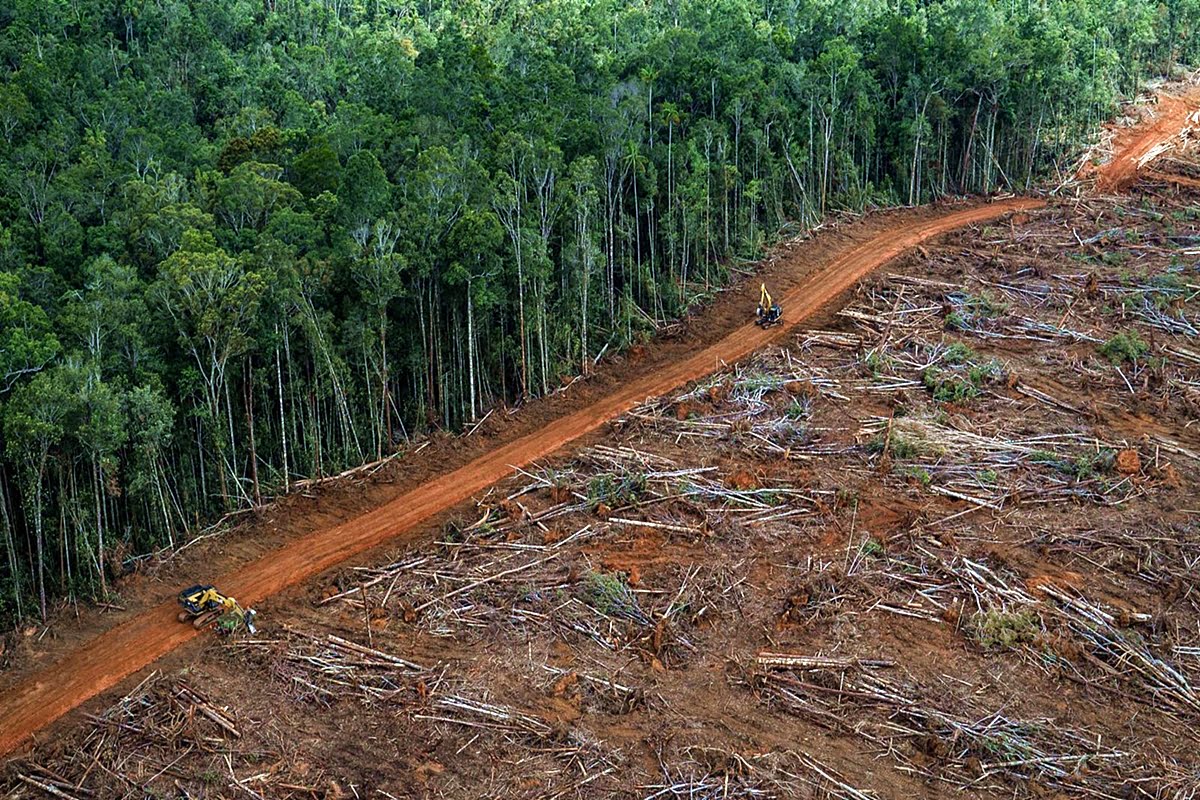Confirmations are arriving: regrowing forests are absorbing only a small part of the carbon dioxide released by widespread deforestation in the Amazon.
It has just been published by Global Change Biology a new study by an international team of researchers from the UK and Brazil. The team used open-source MapBiomas data to map the age, extent and carbon stock of secondary forests in the Brazilian Amazon between 1986 and 2017. After calculating the amount of carbon lost due to deforestation in the Amazon , scientists have found that, over more than 30 years, forest regrowth in the Brazilian Amazon offset less than 10% of the emissions due to the loss of ancient forests.
“Secondary” forests (areas of new forest growing on previously deforested land) are a key part of policies aimed at addressing net carbon emissions and mitigating climate change. In the As of 2017, there were nearly 130.000 square kilometers of secondary forest in the Brazilian Amazon, roughly equivalent to the size of England.
Despite their scale and importance to climate goals, our understanding of secondary forests to tropical carbon balance is incomplete. It was unclear to what extent the carbon emissions of deforestation in the Amazon had been offset by secondary forest growth or how this had varied over time. Now we know: it's damn little.
Compensated for less than 10% of emissions
Secondary forests have tremendous potential for storing large amounts of carbon. However, it takes a long time to build this carbon stock, so without a drastic drop in the rate of deforestation, their environmental benefits will continue to be undermined.
Charlotte Smith, PhD researcher at Lancaster University and lead author of the study
Although a fifth of the cleared land is now covered by secondary forests, the researchers found that most of the secondary forests are relatively young: over 85% are under 20 years old and almost half (42%) are under five years old.

Deforestation in the Amazon is also raging on secondary forests
This is because secondary forests are also prone to deforestation in the Amazon. They also repeatedly clear areas of land that have already been cleared, thus limiting their effectiveness as a carbon sink. “Of all secondary forests mapped over the 32-year period, 60 percent had been re-logged by 2017.”Charlotte said.
The researchers then looked at other factors known to influence secondary forest growth and carbon uptake, such as climate, landscape and proximity to old-growth forests, which can act as a source of seeds.
They found that most secondary forests are found far from primary forests, in the driest parts of the Amazon. These factors suggest that they are weaker at absorbing carbon.
The results highlight that we need to IMMEDIATELY stop deforestation in the Amazon, especially old-growth forests. It is essential, because forest regrowth alone is not enough to control carbon emissions in the Amazon.

The co-author, Professor Jos barlow, said: “While secondary forests can be an important part of the solution to climate change, it is also important not to overestimate their relevance. Deforestation rates in the Brazilian Amazon have exceeded 10.000 km2 last year. They will almost certainly surpass it again in 2020".


